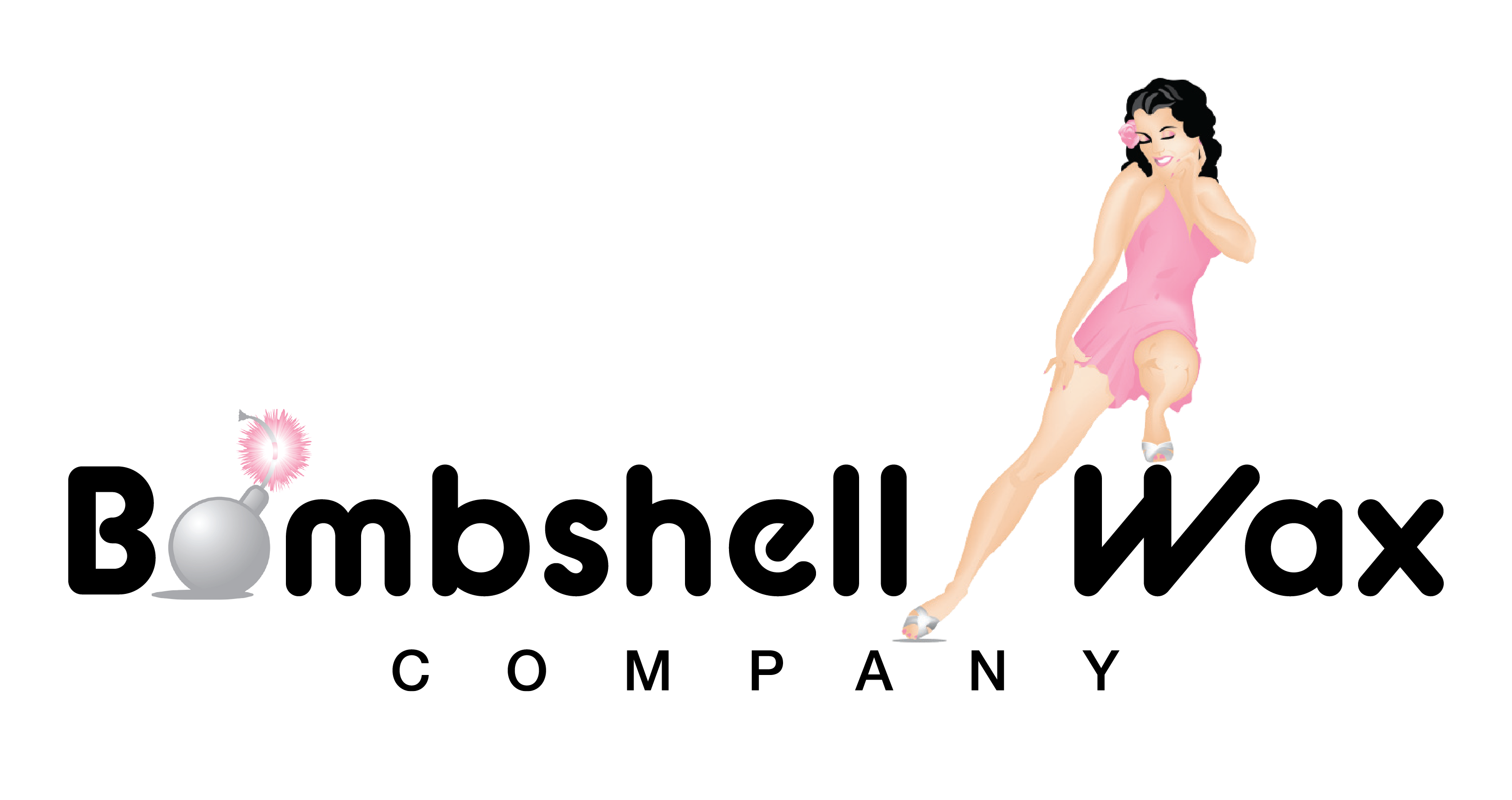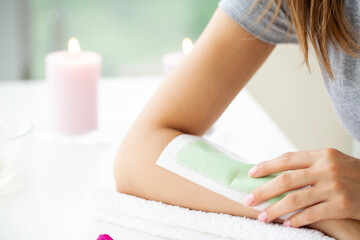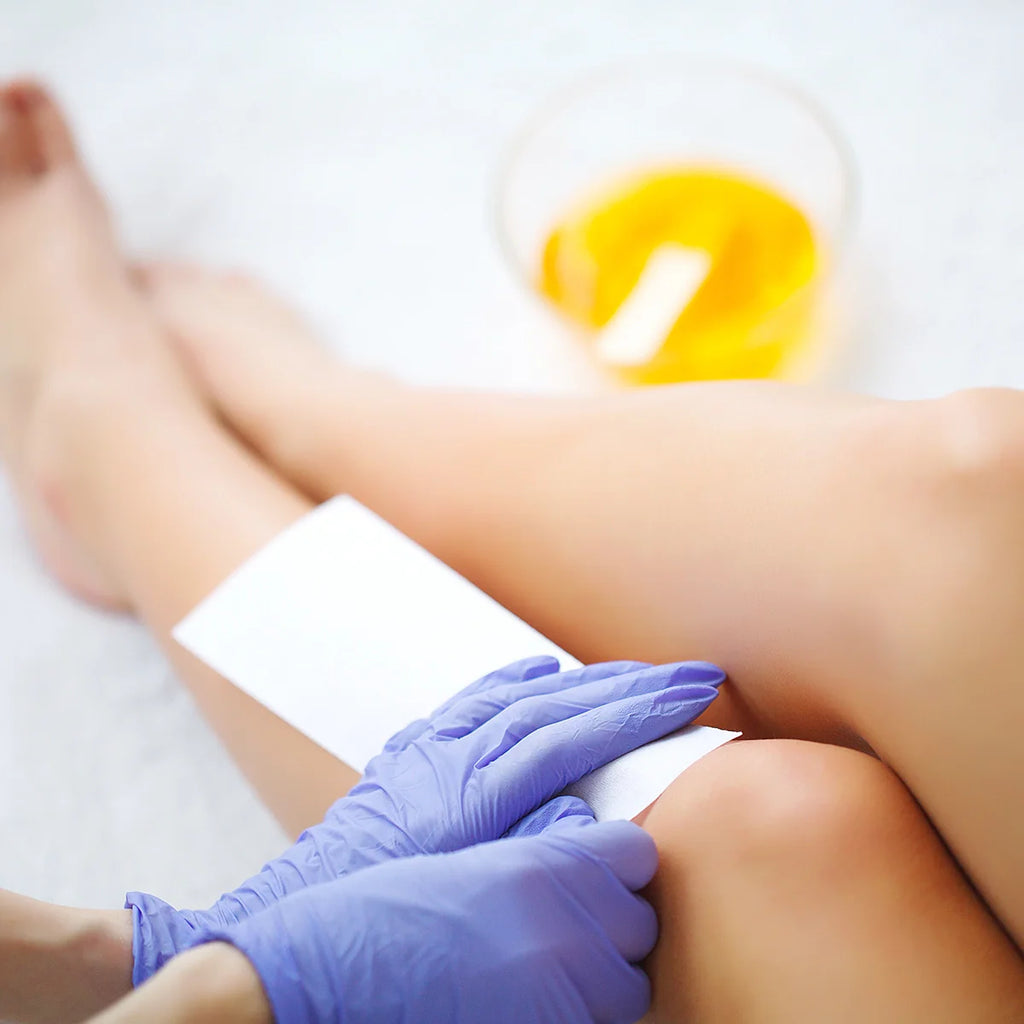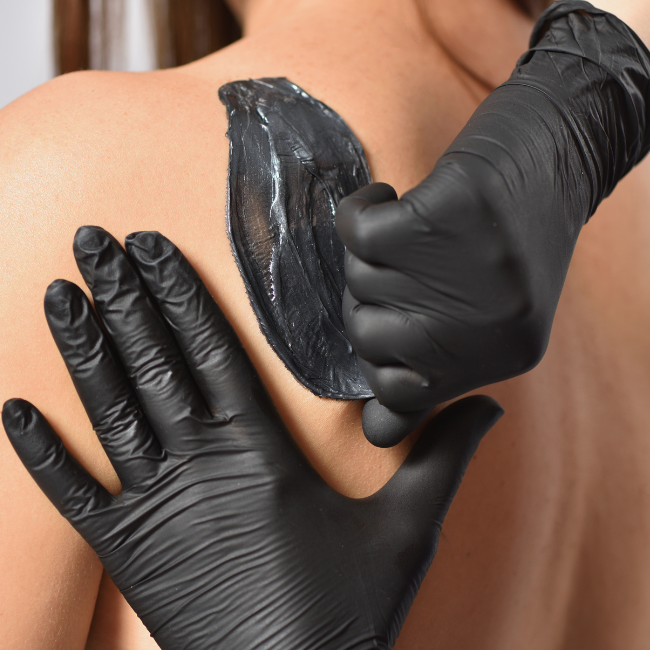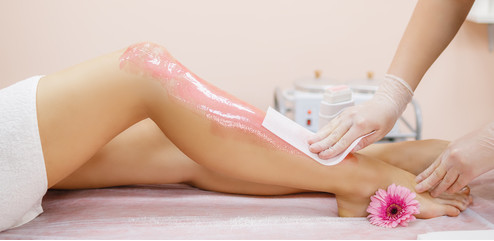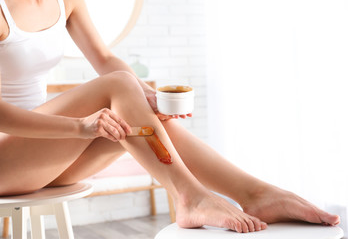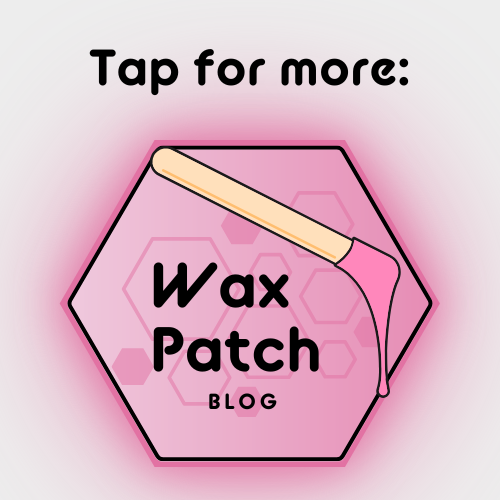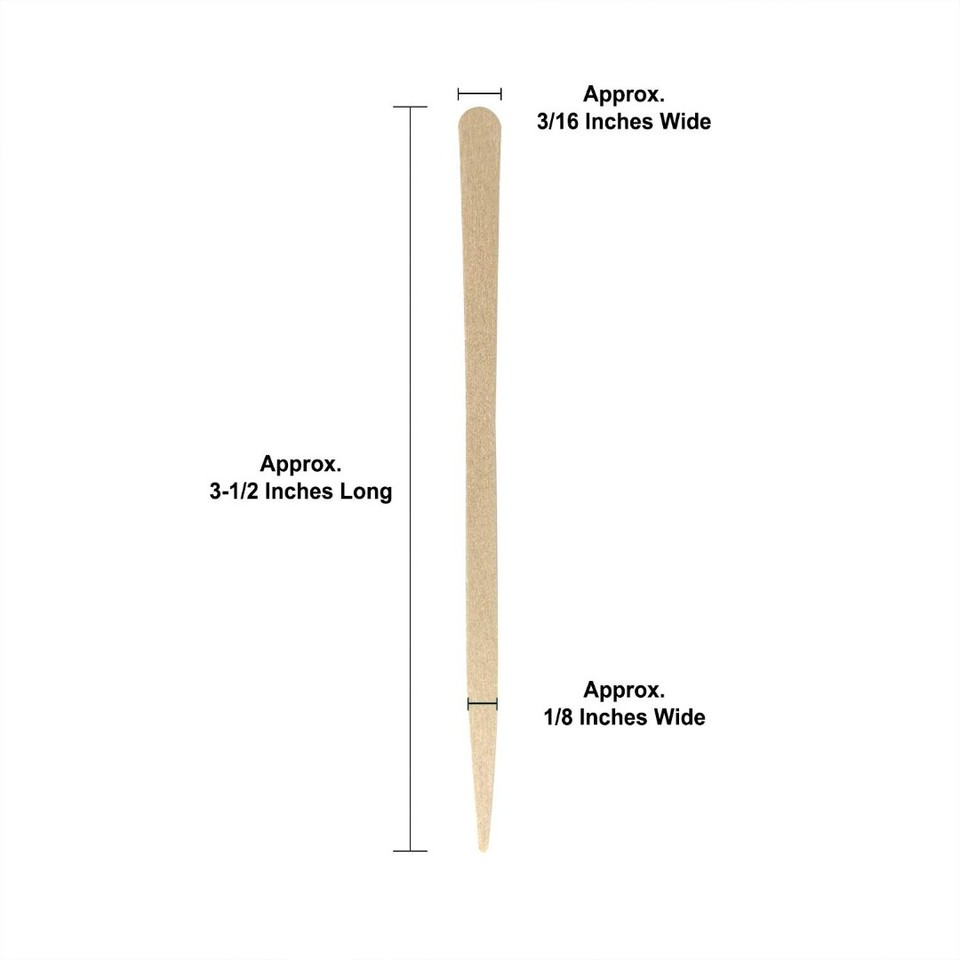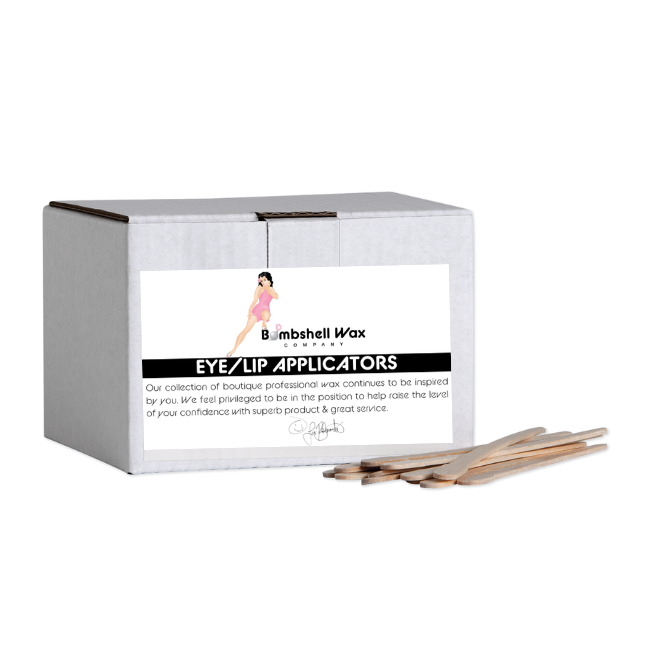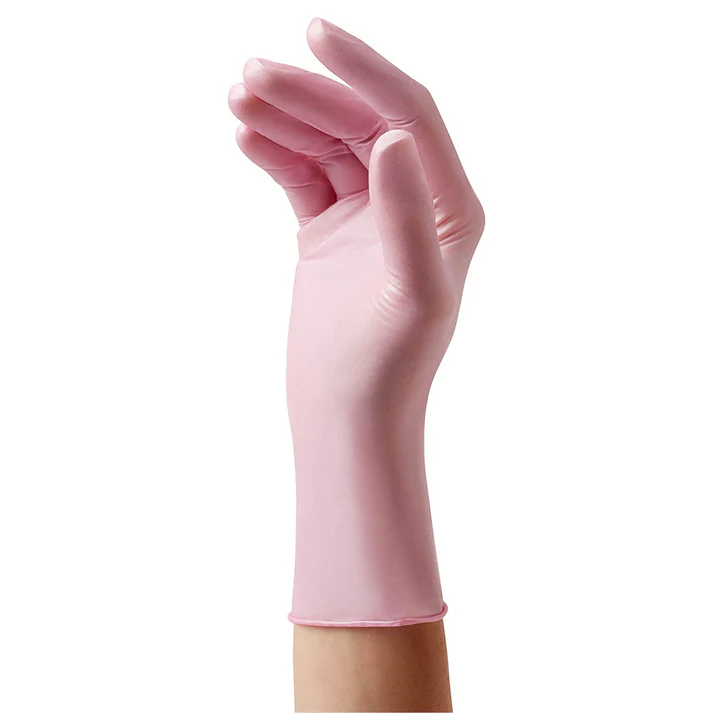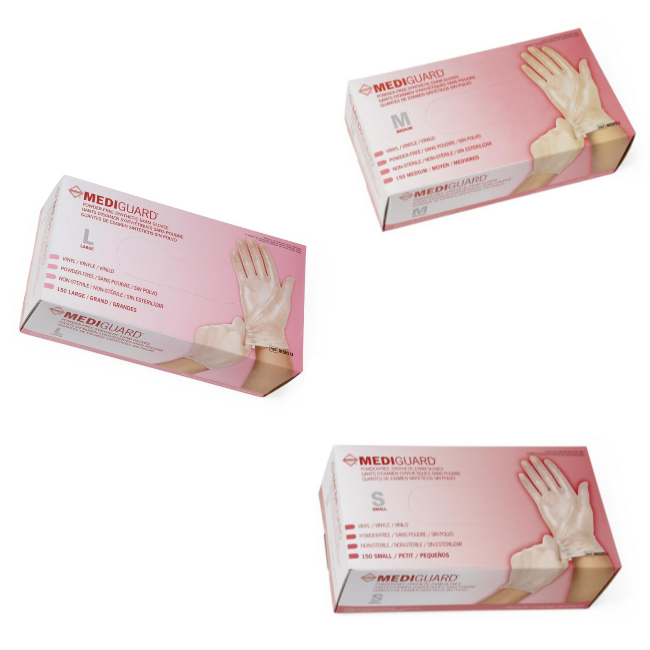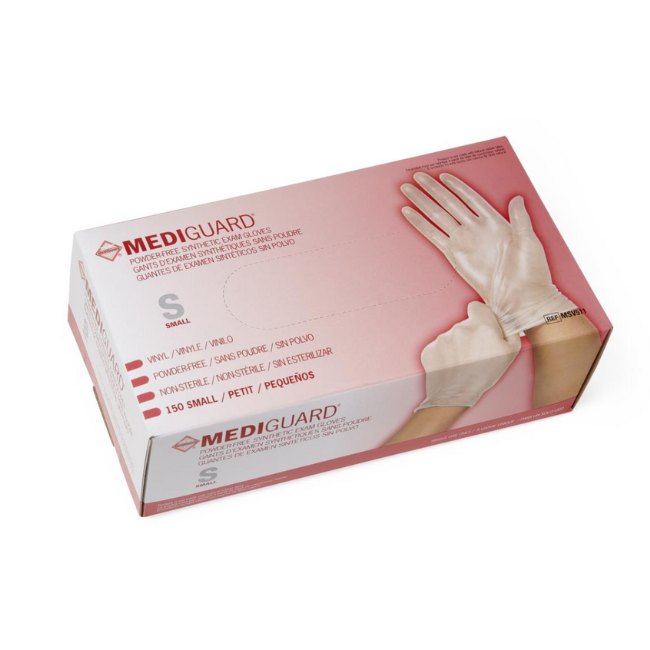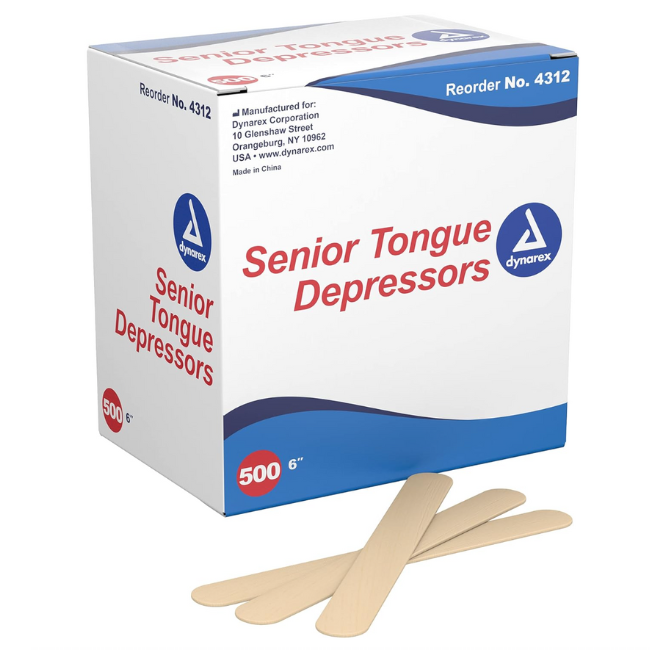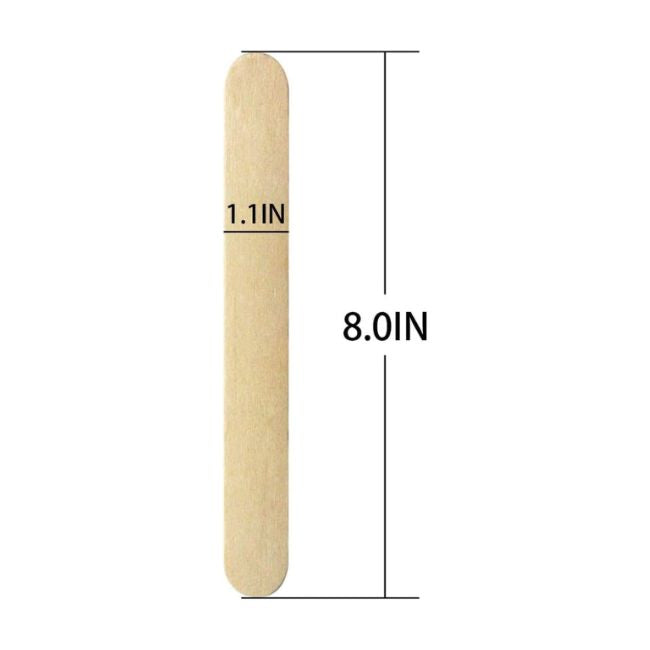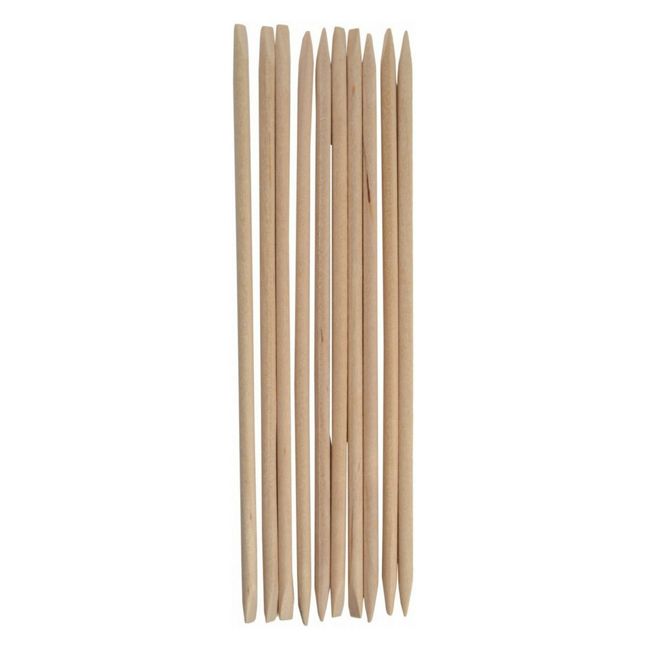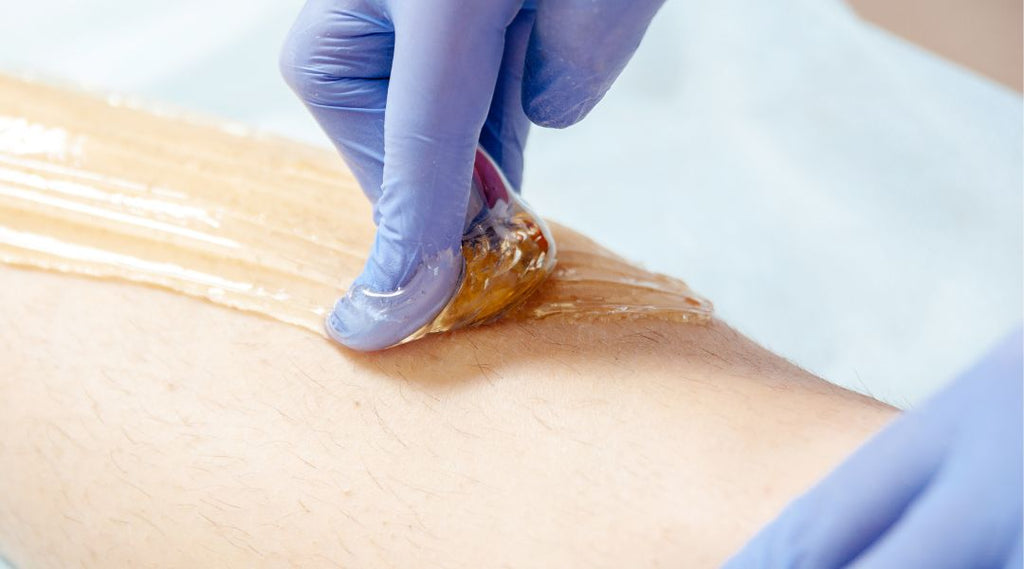

Sugaring | Art of Application and Removal
Hair removal is an essential part of personal grooming for both men and women. There are various methods available, such as waxing, threading, and shaving, but one technique that has gained popularity in recent years is sugaring hair removal. Sugaring is an ancient practice that originated in Egypt and has since spread to other parts of the world. It involves using a paste made of sugar, lemon, and water to remove hair from the root, resulting in a longer-lasting smoothness. In this blog, we will focus on the application and removal technique of sugaring hair removal, and how it caters to various skin types.
Sugaring Hair Removal: The Basics
Before we dive into the application and removal process, let's understand what sets sugaring apart from other hair removal methods. Sugaring hair removal only requires natural ingredients: sugar, lemon juice, and water. This makes it an eco-friendly and skin-friendly option for removing unwanted hair. Moreover, it adheres only to the hair and not the skin, which means it is less painful than waxing and suitable for people with sensitive skin types.
The Application Process
-
Preparing the Skin: Before you begin, make sure your skin is clean and free of any oils or lotions. You may want to exfoliate gently a day before the sugaring session to remove dead skin cells and ensure a more effective treatment.
-
Preparing the Sugaring Paste: You can either buy a premade sugaring paste from a store or make one at home using sugar, lemon juice, and water. The paste should be pliable and have a honey-like consistency. If it's too thick or too runny, the application will be more challenging.
-
Heating the Paste: Heat the sugaring paste in a quality sugar-warmer for optimal results. Ensuring the paste is at the ideal temperature for efficient hair removal and client comfort results in a successful treatment.
-
Applying the Paste: Using an applicator on the face and your fingers on the body, apply a thin layer of the paste in the opposite direction of hair growth. The paste should cover the entire area you want to treat, with a slightly thicker layer at the edges to facilitate easier removal.
The Removal Technique
-
Holding the Skin Taut: Before you begin removing the paste, hold the skin taut with one hand. This will help reduce pain and make it easier to remove the sugaring paste.
-
Flicking Technique: Place your fingers or a spatula at the edge of the applied paste, where it is slightly thicker. Lift the edge slightly and then quickly flick your wrist in the direction of hair growth. This should remove the paste along with the hair from the root.
-
Repeating the Process: If some hair remains, you can reapply the paste and repeat the removal process. However, avoid doing this more than twice on the same area to prevent skin irritation.
-
Cleaning the Skin: Once you have removed all the unwanted hair, cleanse your skin with warm water to remove any residue. Apply a soothing lotion or aloe vera gel to calm the skin and minimize redness.
Suitable for All Skin Types
One of the major advantages of sugaring hair removal is that it's suitable for all skin types, including sensitive skin. The natural ingredients in the sugaring paste are less likely to cause irritation, making it an ideal option for those who struggle with other hair removal methods. Though, always "test patch" if skin sensitivity is a concern.
Moreover, since sugaring removes hair from the root, it results in slower hair growth compared to other techniques such as shaving. Regular sugaring sessions can also lead to thinner and sparser hair growth over time, making the process more manageable.
Sugar On | Sugar Off!

